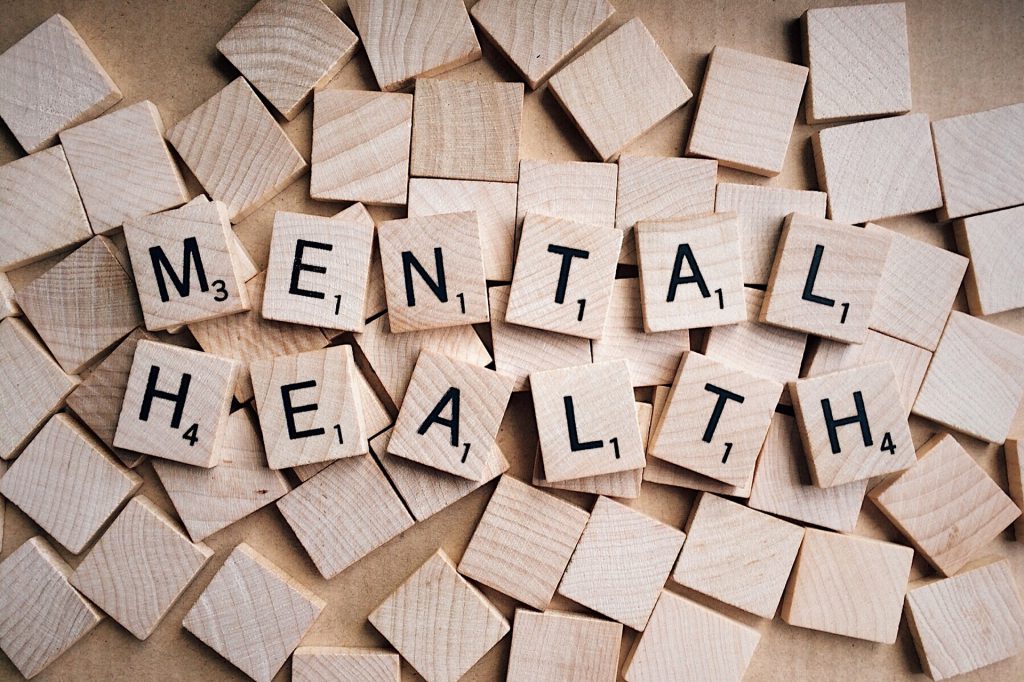Mental health training for school staff is more than meeting a legal requirement; it’s key to our communities seeing the warning signs.

The importance of mental health training in schools
By Debbie Jakala, Public Information Specialist
Capital Region BOCES
Acts of violence in schools. The news of each latest incident is met with grief, anger, condolences, and some variation of the question, “Are our schools safe?”
Often, school districts respond by reassuring caregivers and communities that their school communities have a plan. We send letters reminding stakeholders that safety is a school’s paramount responsibility. We detail lockdown procedures and describe the measures that are taken every day to secure the building. This scenario plays out in many communities across the country.
But recently, an audit by the New York state comptroller briefly had many people step back from the locked-door protocols and plant their feet firmly in front of crisis intervention with open eyes. None of the 20 districts that had been selected at random for the audit had provided mental health training to all of their staff for the 2020-21 school year by Sept. 15, 2020, as required by New York State Education Department (NYSED) regulations.
In New York state, the Safe Schools Against Violence in Education (SAVE) Act is intended to help improve school safety. It requires the development of a comprehensive, districtwide school safety plan by each district, and must address crisis intervention, emergency responses and management.
The mental health training provisions in the SAVE Act are intended to ensure schools are being proactive and providing an opportunity for intervention before the crisis strikes. But it’s important to note that the crises many students are facing because of mental health challenges are far more frequent and encompassing than those that result in acts of violence such as school shootings.
What is mental health training? What can it accomplish?
Mental health training is a broad term that isn’t necessarily defined or understood the same way by everyone. The SAVE Act’s requirement that school safety training include a component on mental health doesn’t even outline the topics that should be addressed. Based on SED guidance, at a minimum, staff should be trained on the mental health components recommended by the U.S. Department of Health and Human Services (DHHS) addressing “what educators should know.”
WHAT SCHOOL STAFF SHOULD KNOW
The DHHS resource points districts to a list of 10 warning signs of disorders that staff should be trained to recognize. They are: anxiety, behavioral, eating, mood, obsessive-compulsive, personality, psychotic, substance use, trauma and stress and suicidal behavior.
“School personnel are often the first to notice if a student is having mental health challenges, and they need effective training to help them understand the signs and symptoms early on,” NYS Comptroller Thomas DiNapoli wrote in the audit findings. “Failure to do so can have devastating consequences for students, staff, families and communities. Unfortunately, my office has found much of this vital training is not taking place … Our nation is facing a mental health crisis, and we need to help our students.”
What should happen next?
Mental health training for school staff is more than meeting a legal requirement; it’s key to our communities seeing the warning signs and then taking the appropriate steps.
District’s 2022-23 safety plans will be going before boards of education this summer for public comment before they must be adopted by Sept. 1.
Completing the training that better helps staff to recognize the warning signs should be of the highest priority in the first two weeks of the school year. Without a plan for training, districts may struggle to identify whom to turn to with questions or concerns, and how to access appropriate services.
Just as each school has its own floor plan and safety protocol, the approach to training must be individualized to the school and its staff. Open discussions, training and access to resources can help staff address an individual student’s identified risk factors.
Safety is a district’s paramount responsibility. By following through with required safety training, and communicating that to parents, school districts can help parents see answer the question they ask daily, “Are our schools safe?”